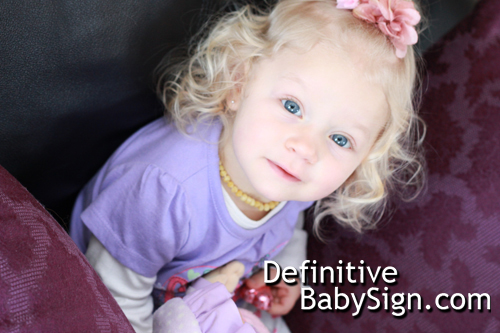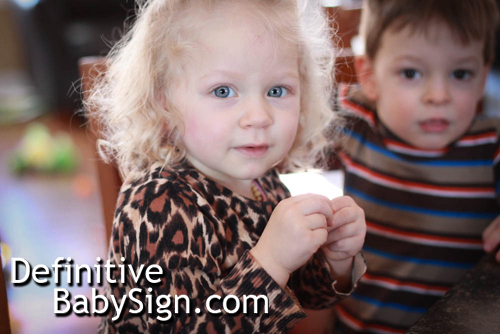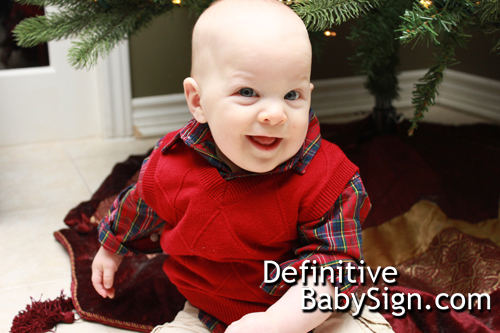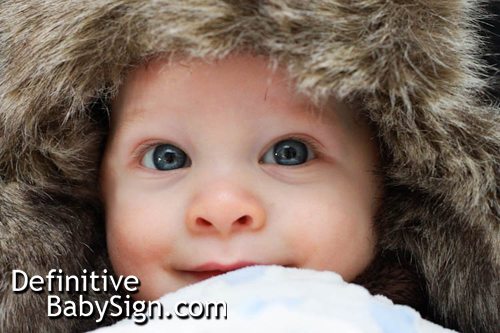 A side result of teaching your baby sign language is increased eye contact and concentration. While other baby’s might not pay as much attention to your facial expressions, a signing baby is accustomed to looking at whom they are talking with to read the signs.
A side result of teaching your baby sign language is increased eye contact and concentration. While other baby’s might not pay as much attention to your facial expressions, a signing baby is accustomed to looking at whom they are talking with to read the signs.
As your baby turns into a toddler you’ll notice this more and more. While functionally it might not seem like a big deal, eye contact will help your toddler learn and connect with other people, especially adults. Children who make good eye contact seem more aware and conscious of others and can more easily pick up on lessons and instructions as well as emotions. This will foster empathy and understanding because it will allow your child to adjust based on how others feel. Eye contact is probably not a unique trait to signing babies though. I have noticed a friends daughter carry excellent eye contact when speaking with adults. She was also came across as confident and self assured – not to mention polite. She never did sign, but was on only child of parents who treated her like a part of the family speaking frequently one-on-one. This was obvious.
Therefore, while signing with your child isn’t necessary to build a well connected child, even some signs will help your toddler read others by looking at them and by making eye contact. Making eye contact is a great skill to learn and possess throughout life and learning it in childhood can only help a kid along. We know all too well how first impressions are lasting and strong eye contact is part of this. Many people comment about how my son will watch, study and think before acting. Not doubt this is part of his personally and shows his reservation and inner thinking, but it’s also probably part of wanting to connect first by nonverbal means first, figuring out how things work, and then jumping in. If this is from signing, it’s hard to say, but what is lasting is the eye contact we experience as we discuss things through signs every day.




